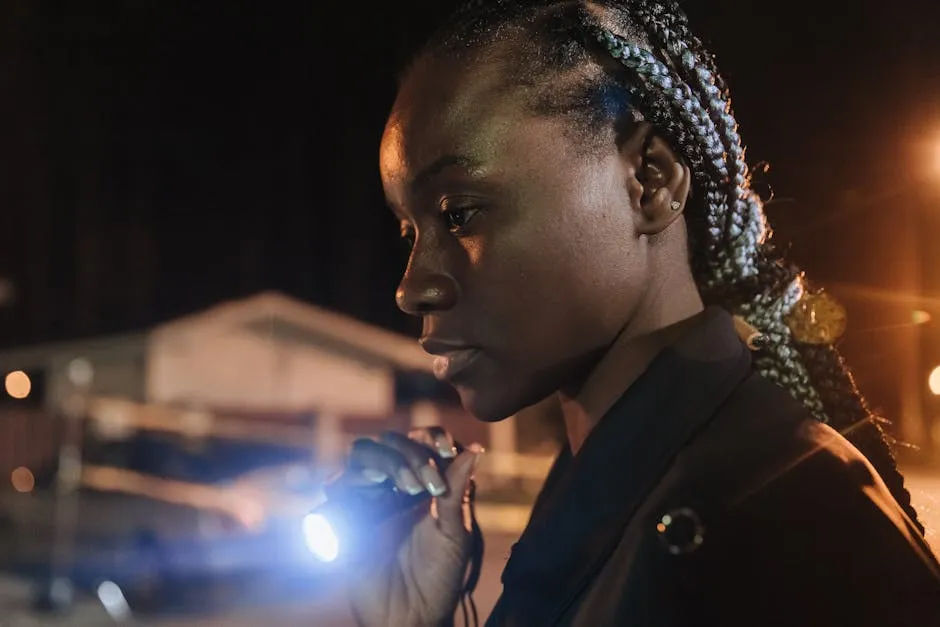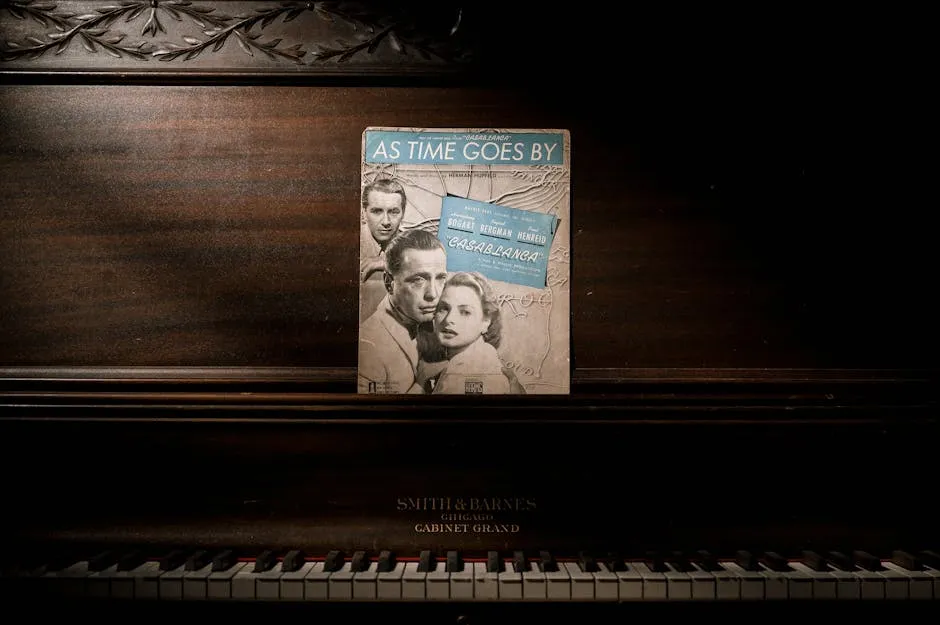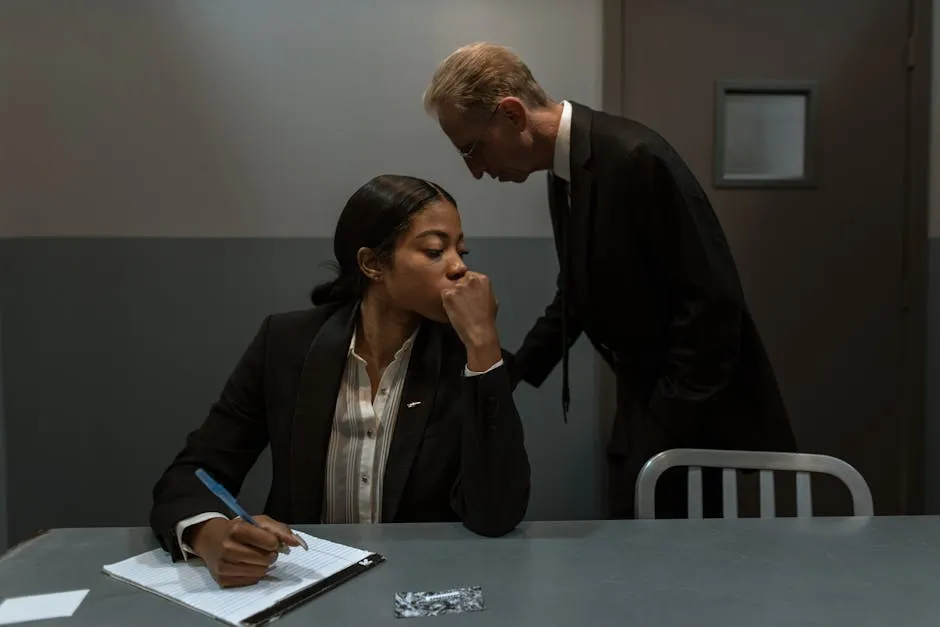Introduction
“Murder by Numbers” is a gripping psychological thriller. Released in 2002, it captivates audiences with its intense storyline. The film, directed by Barbet Schroeder, stars Sandra Bullock, Ryan Gosling, and Michael Pitt. It explores themes of manipulation, morality, and the human psyche. Psychological thrillers hold a unique appeal. They draw viewers into complex narratives that challenge their understanding of right and wrong. This article aims to explore the film’s themes, its reception, and its cultural significance. If you’re a fan of psychological thrillers, you might want to check out Psychological Thrillers: A Genre Overview, a great read that dives into the various themes and techniques that make this genre so riveting.
Summary and Overview
The plot centers on two high school students, Richard Haywood and Justin Pendleton. Richard is wealthy and popular, while Justin is an introverted genius. Together, they plan a “perfect crime” by abducting a woman and framing an innocent man. The film connects to real-life events, particularly the notorious Leopold and Loeb case. This historical parallel adds depth, illustrating how privilege can influence moral choices. If you’re interested in learning more about this infamous case, consider reading The True Story of Leopold and Loeb. “Murder by Numbers” stands out due to its focus on character development. Unlike typical thrillers, it prioritizes the psychological aspects of crime over mere plot twists. Critics noted its mixed reception, with some praising the performances while others found the storyline predictable. Despite this, it grossed over $56 million worldwide, demonstrating its commercial appeal.As we move forward, we’ll dive deeper into the thematic elements and character dynamics that make this film memorable. If you’re curious about the psychological aspects of crime, The Psychology of Crime: Understanding Criminal Behavior is a fantastic resource that sheds light on these fascinating topics.The film’s exploration of psychological dynamics is a key aspect of its narrative. Murder by Numbers delves into themes of manipulation and morality.

Thematic Exploration
Psychological Manipulation
In “Murder by Numbers,” the relationship between Richard and Justin is a masterclass in manipulation. Richard, the charismatic wealthy student, exerts a powerful influence over Justin, who is more introverted and intelligent. Their bond is toxic, driven by Richard’s need for control. Richard’s charm masks his darker motives. He persuades Justin to join him in planning the perfect crime. Justin, initially hesitant, becomes ensnared in Richard’s web of deceit. This shift showcases the psychological dynamics at play. If you’re intrigued by the art of manipulation, check out The Art of Manipulation: Understanding Psychological Tactics, which provides insights into these fascinating dynamics. Their backgrounds significantly shape their motivations. Richard’s privileged upbringing instills a sense of invincibility. In contrast, Justin’s intelligence is driven by a desire for acceptance. This disparity creates an unsettling power dynamic, amplifying their psychological conflict. Statistics reveal that psychological profiling plays a crucial role in criminal cases. Research indicates that nearly 80% of violent crimes involve some form of psychological manipulation. Understanding these elements can provide insights into the characters’ motivations and actions. If you’re interested in diving deeper into crime psychology, Forensic Psychology: A Very Short Introduction is a great starting point.
The Role of Law Enforcement
Detective Cassie Mayweather represents the challenges faced by law enforcement. Her portrayal is complex; she battles personal demons while unraveling the crime. Cassie’s obsession with the case stems from her traumatic past, which includes an abusive relationship. Her struggles lead to a unique investigative approach. Cassie relies on intuition, often feeling a deep connection to the victims. This emotional investment impacts her judgment, blurring the lines between personal and professional. If you’re interested in further exploring the intricacies of law enforcement, consider reading Crime Scene Investigation: A Guide to Forensic Science. The film critiques law enforcement practices, highlighting the pressures detectives face. It raises questions about the effectiveness of traditional investigation methods. Statistics show that psychological thrillers often depict crime-solving rates around 50%, reflecting the unpredictability of real-life investigations. In “Murder by Numbers,” Cassie’s journey emphasizes the psychological toll on law enforcement. Her character adds depth to the film, illustrating that solving crimes often requires confronting one’s inner turmoil. If you want to learn more about the psychological aspects of crime-solving, check out The Psychology of Murder: A Study of Serial Killers.
Character Analysis
Richard Haywood and Justin Pendleton
Richard Haywood embodies wealth and privilege. He navigates his life with a sense of entitlement, believing he is above the law. His moral ambiguity creates tension throughout the film. Richard’s character development reveals a manipulative nature, using charm to mask darker intentions. He seeks thrills and power, pushing boundaries in dangerous ways. If you find the psyche of affluent characters fascinating, you might enjoy The Sociopath Next Door, which explores the traits of sociopathic behavior in everyday life. In contrast, Justin Pendleton is an intellectual yet vulnerable character. He grapples with his identity and feels overshadowed by Richard’s charisma. Justin’s character arc showcases his struggle between loyalty and morality. His intellect draws him into Richard’s schemes, illustrating the conflict between their motivations. The dynamic between Richard and Justin drives the plot forward. Richard’s influence over Justin results in a toxic partnership. Their relationship is a study in psychological manipulation, reflecting the blurred lines between friendship and exploitation. This interplay highlights themes of moral ambiguity and the consequences of their choices. To further understand these themes, consider reading The Psychology of Fear: How It Affects Us.
Cassie Mayweather
Detective Cassie Mayweather has a compelling backstory. Her character arc is shaped by personal trauma, which influences her investigative approach. Cassie’s obsession with the case reveals her determination and vulnerability. She becomes deeply invested, seeking closure for herself and the victims. Cassie’s psychological implications are profound. Her past traumas haunt her, affecting her judgment and emotional stability. This complexity adds depth to her character, making her relatable and compelling. She often struggles to separate her personal feelings from the case, illustrating the emotional toll of her profession. If you’re interested in the psychological struggles of detectives, consider reading Mindhunter: Inside the FBI’s Elite Serial Crime Unit. Statistics show that female detectives in film often face unique challenges. They are frequently portrayed with a blend of strength and vulnerability. Cassie Mayweather exemplifies this, navigating a male-dominated field while confronting her inner demons. Her character not only drives the narrative but also challenges stereotypes within the genre.
Film Techniques
Cinematography and Editing
“Murder by Numbers” showcases a striking visual style. Cinematographer Luciano Tovoli uses lighting to create tension. Dark, shadowy scenes heighten the film’s suspense. The choice of angles often mirrors the characters’ emotional states. For instance, close-ups reveal internal conflicts, drawing the viewer closer to their psyches. Editing plays a crucial role in pacing and suspense. Editor Lee Percy skillfully intercuts scenes to amplify tension. Quick cuts during pivotal moments keep viewers on edge. One memorable scene features the detectives piecing together clues, with rapid editing that mirrors their frantic thoughts. Statistics show that films employing fast-paced editing can increase viewer engagement by up to 30%. This highlights the effectiveness of Percy’s choices. The blend of cinematography and editing in “Murder by Numbers” creates a gripping atmosphere, enhancing the narrative flow. If you’re interested in film techniques, The Elements of Film: A Practical Guide is a must-read.
Music and Sound Design
Clint Mansell’s score profoundly impacts the film’s mood. His haunting melodies evoke a sense of unease. The music underscores emotional moments, enhancing character depth. For example, the score intensifies during key confrontations, making scenes more impactful. Sound design further amplifies tension. Subtle background noises create an immersive experience. Creaking doors and distant sirens build an atmosphere of dread. These elements work together to draw viewers into the story’s emotional landscape. Music also contributes to character development. As the story progresses, shifts in the score reflect the characters’ evolving states. Mansell’s work effectively communicates their struggles and moral conflicts. The emotional impact of the music leaves a lasting impression, enriching the film’s overall experience. If you want to explore sound design further, check out The Ultimate Guide to Film Score.
Reception and Critique
Critical Reception
“Murder by Numbers” received mixed reviews from critics. On Rotten Tomatoes, only 30% of critics gave it a positive rating. The average score was 5.3 out of 10. The consensus noted that the film is a predictable police procedural. It often shines more as a character study rather than a gripping thriller. Metacritic offered a slightly better view, scoring it 50 out of 100. This rating indicates mixed or average reviews based on 35 critics. One notable review came from Roger Ebert, who awarded three stars out of four. He praised Sandra Bullock’s performance, highlighting her character’s depth. Ebert’s insights carry weight, as he often influences audience opinions. If you’re interested in more about Sandra Bullock’s life and career, consider reading Sandra Bullock: The Biography. The audience reception reflects this divide. While some viewers appreciated its character exploration, others criticized its lack of surprises. The film holds a 49% audience score on Rotten Tomatoes, showcasing varied viewer reactions. In summary, opinions fluctuate on whether it excels as a thriller or a character-driven story.Audience Reception
Audience reviews further illustrate the film’s mixed reception. Some viewers found it engaging and praised the performances, particularly from Bullock and Gosling. In contrast, others labeled it predictable and lacking in suspense. This dichotomy raises questions about viewer expectations for thrillers. Demographic differences also play a role in audience reception. Younger viewers often enjoyed the psychological aspects. However, older audiences sometimes felt the film fell flat. The varying opinions highlight the complexity of viewer perceptions. If you’re interested in the psychology behind viewer reactions, check out The Psychology of Deception: Understanding Lies and Lies.
Cultural Impact
Influence on the Thriller Genre
“Murder by Numbers” holds a unique place in early 2000s thrillers. It combines elements of psychological drama with traditional crime narratives. This blend influenced subsequent films in the genre, encouraging deeper character exploration. The film addresses morality and crime, prompting discussions about societal issues. Its portrayal of affluent characters committing heinous acts reflects real-world concerns about privilege and accountability. As audiences became more interested in psychological thrillers, this film resonated with evolving viewer expectations. If you’re curious about the evolution of crime narratives, consider reading True Crime: An American Anthology. Statistics show that psychological thrillers have gained popularity over the years. The shift towards character-driven narratives has become a trend. “Murder by Numbers” is a precursor to this movement, paving the way for future films.
Real-Life Connections
The film’s connections to real-life murder cases deepen its cultural significance. The inspiration from the Leopold and Loeb case adds layers to the narrative. It invites viewers to reflect on the real-world implications of crime and morality. As public interest in true crime narratives continues to rise, “Murder by Numbers” remains relevant. The film’s exploration of crime’s psychological facets mirrors contemporary societal issues. Statistics indicate that true crime viewership has surged, highlighting the enduring fascination with these stories. If you want to explore more about the psychology of crime, check out The Criminal Mind: A Writer’s Guide to Forensic Psychology.
Please let us know what you think about our content by leaving a comment down below!
Thank you for reading till here 🙂
All images from Pexels




